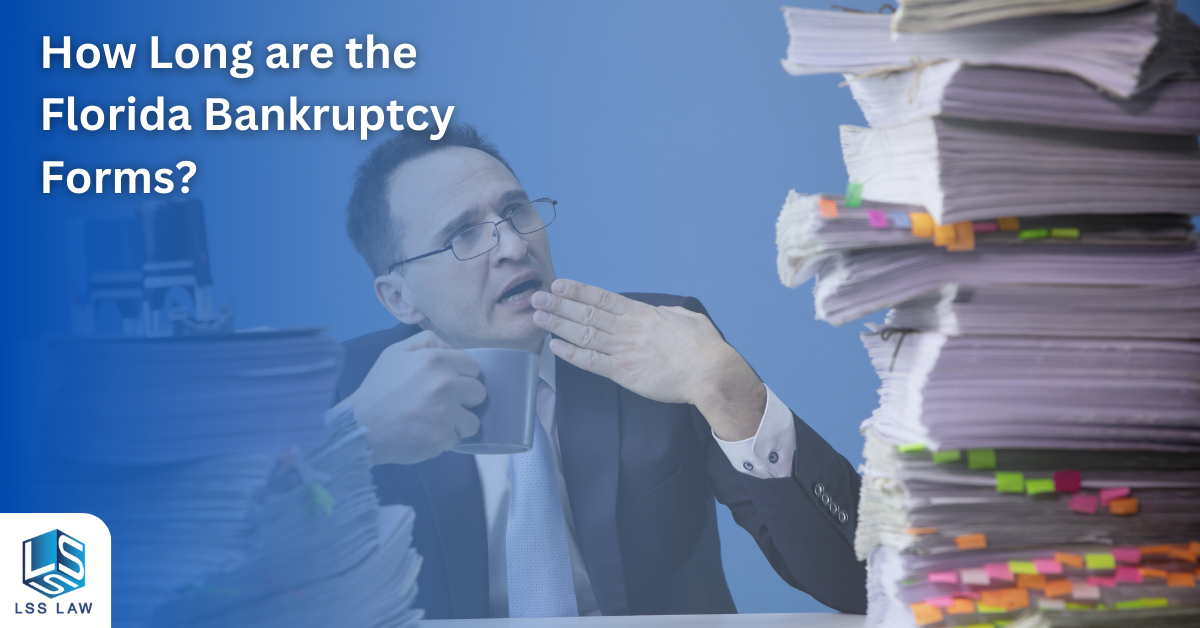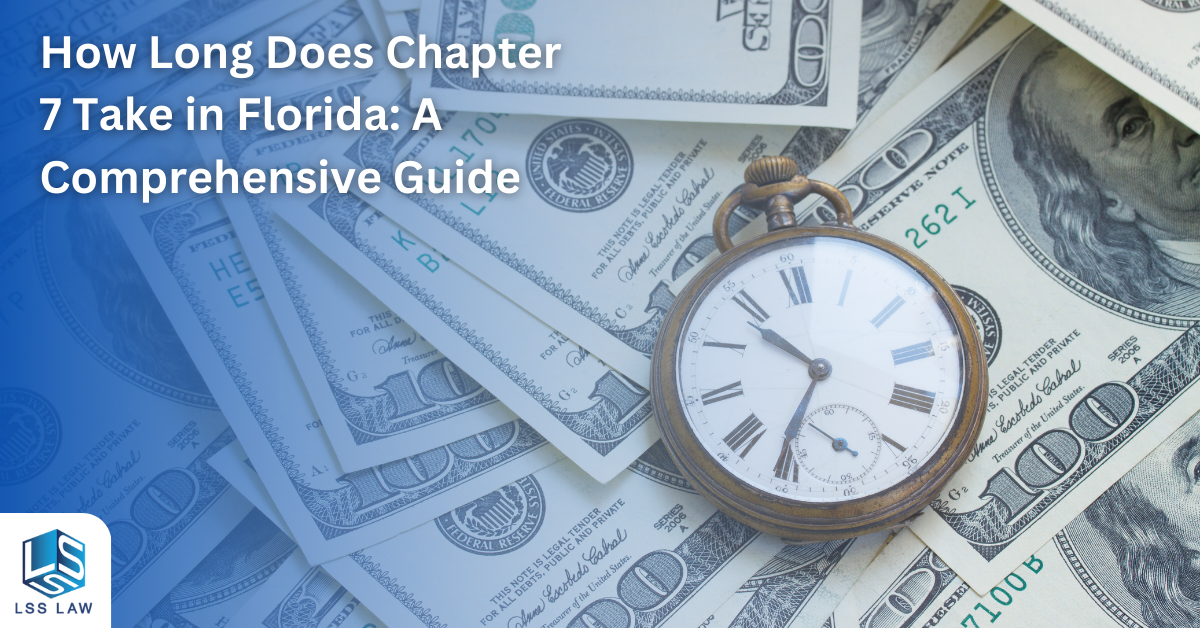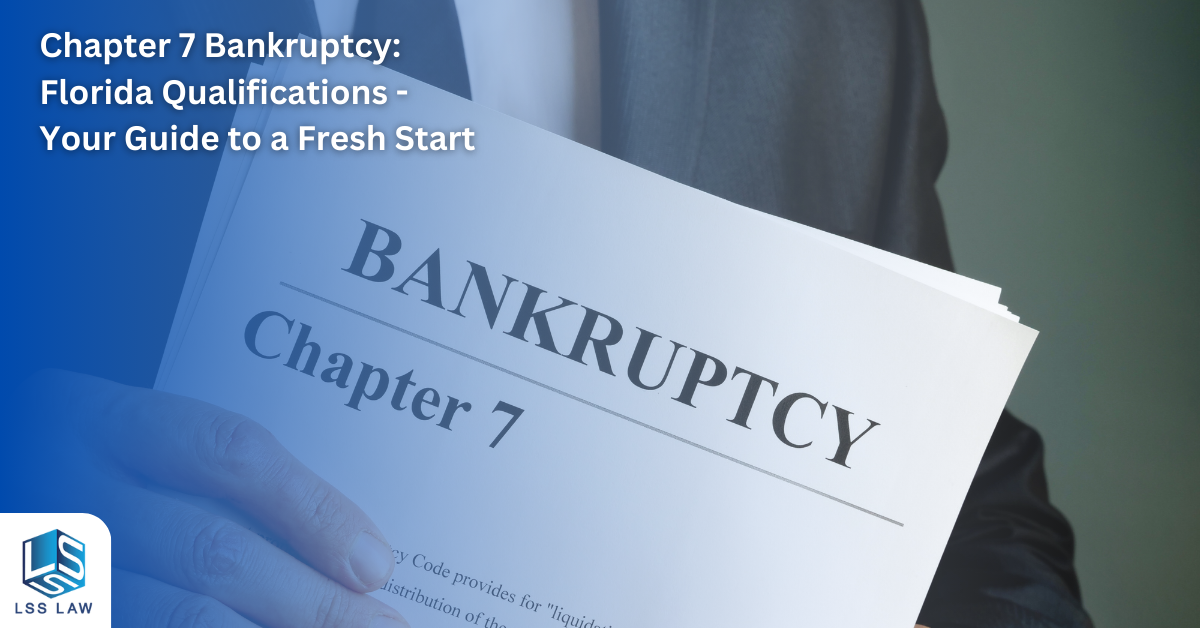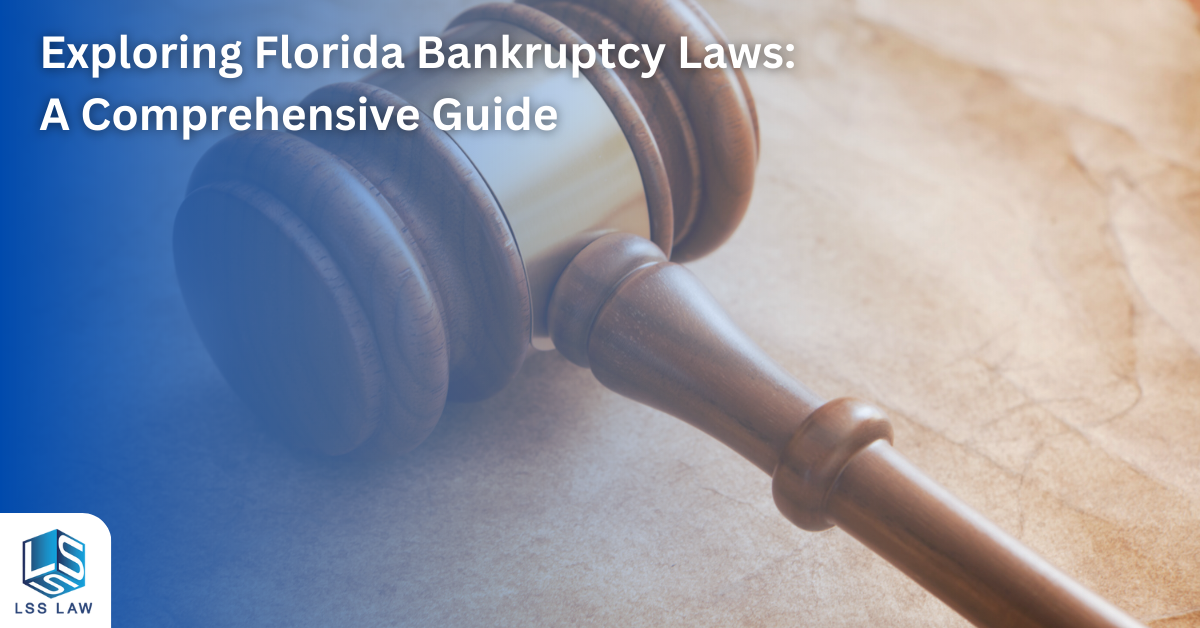Facing a financial crisis is never easy, but when the clock is ticking and you’re struggling to stay afloat, the pressure can be overwhelming. If you find yourself in desperate need of relief from debt and collection actions, an emergency bankruptcy filing Chapter 13 might be the solution you’ve been searching for. In this article, we’ll explore what this involves, how it can help you regain control of your financial situation, and what steps you need to take to get started.
What is Emergency Bankruptcy Filing Chapter 13?

An emergency bankruptcy filing can be used when immediate legal protection is needed to halt creditor actions or address imminent financial crises. Also known as a skeleton bankruptcy filing or a bare-bones bankruptcy, it is a quick and streamlined process that allows you to quickly file for Chapter 13 bankruptcy. This type of filing can provide immediate relief from collection actions, wage garnishments, and other financial pressures, buying you valuable time to complete the remaining bankruptcy forms and work out a repayment plan with your creditors.
Emergency bankruptcy filings are not a complete bankruptcy case, but rather a temporary measure designed to provide immediate relief while you gather the necessary paperwork and information to complete your full bankruptcy petition. Let’s dive deeper into the process and requirements of an emergency bankruptcy filing Chapter 13.
The Emergency Bankruptcy Filing Process
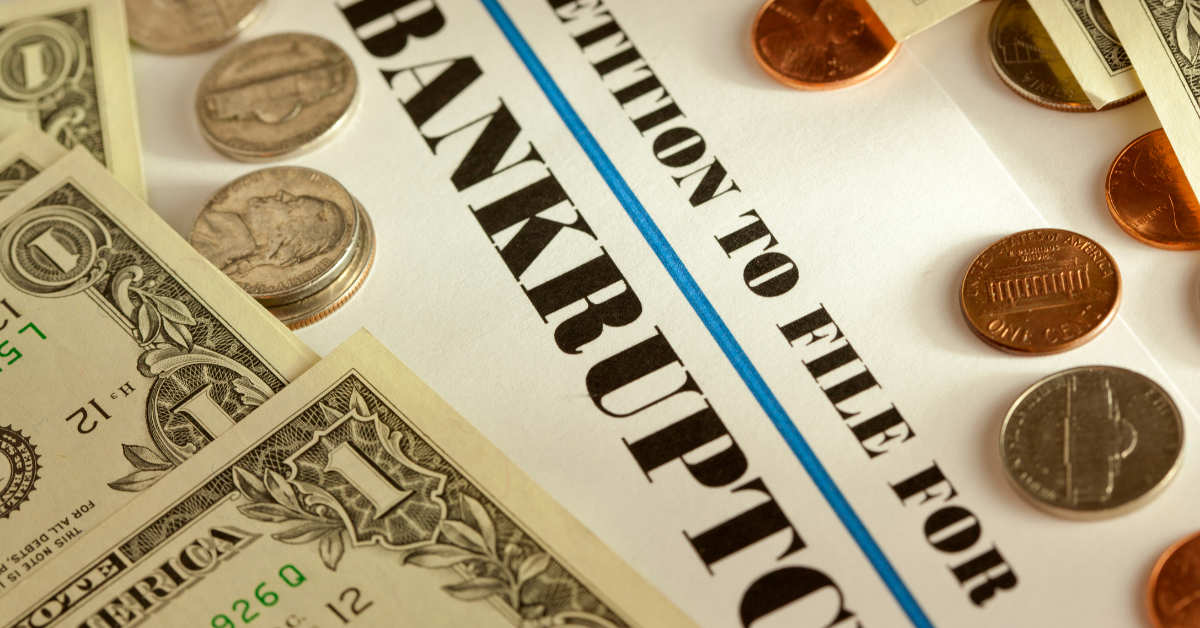
When you file an emergency bankruptcy, the first step is to complete a few essential bankruptcy forms, including the voluntary petition, a creditor matrix, and a cover sheet. These documents provide the bankruptcy court with basic information about your financial situation and your creditors, allowing the court to grant an automatic stay that halts collection actions and wage garnishments.
Once you have filed your emergency bankruptcy, you typically have 14 days to complete and submit the remaining bankruptcy forms, which include detailed information about your assets, liabilities, income, expenses, and financial affairs. Failure to submit these additional documents within the allotted time frame may result in the dismissal of your bankruptcy case.
In addition to submitting the required forms, you must also complete a credit counseling course within 180 days before filing your emergency bankruptcy. The credit counseling certificate must be filed with the court to verify that you have completed this requirement.
After your emergency bankruptcy filing, you will need to work with a bankruptcy trustee to develop a Chapter 13 repayment plan. This plan outlines how you will repay your debts over a period of three to five years. Once your repayment plan is approved by the court, you will begin making monthly payments to your bankruptcy trustee, who will distribute the funds to your creditors.
Is Emergency Bankruptcy Filing Chapter 13 Right for You?

Filing for emergency bankruptcy can be a powerful tool in dire financial situations, but it’s not the right solution for everyone. If you’re considering an emergency bankruptcy filing, it’s essential to consult with an experienced bankruptcy attorney who can help you determine if this is the best course of action for your unique circumstances.
Remember, bankruptcy is not the end of the world – it’s a financial tool designed to help you regain control of your finances and build a brighter future. If you’re struggling with debt and considering bankruptcy, don’t hesitate to reach out to a knowledgeable bankruptcy lawyer for guidance and support.
The Benefits of Emergency Bankruptcy Filing Chapter 13

There are several advantages to choosing an emergency bankruptcy filing Chapter 13 when facing urgent financial hardships. Some of the key benefits include:
- Immediate relief: The automatic stay granted by the bankruptcy court upon filing an emergency bankruptcy provides instant relief from collection actions, wage garnishments, and other financial pressures. This can help buy you time to gather the necessary documents and work on your repayment plan.
- Retain your assets: Unlike Chapter 7 bankruptcy, Chapter 13 allows you to keep your property, such as your home and car, as long as you can continue making payments through your repayment plan.
- Repayment flexibility: Chapter 13 bankruptcy allows you to restructure your debts and create a repayment plan that fits your financial situation, providing a more manageable way to pay off your debts over time.
- Protection from creditors: During your Chapter 13 repayment plan, creditors are prohibited from taking further collection actions against you, providing peace of mind as you work towards a more stable financial future.
- Credit score recovery: While bankruptcy does have an initial negative impact on your credit score, successful completion of a Chapter 13 repayment plan can help you rebuild your credit over time by demonstrating responsible financial management.
How to Choose the Right Bankruptcy Attorney for Your Emergency Bankruptcy Filing

Selecting the right bankruptcy attorney is crucial to the success of your emergency bankruptcy filing. Here are some tips to help you choose the right attorney for your needs:
- Experience and expertise: Look for a bankruptcy attorney with a proven track record of success in handling emergency bankruptcy filings and Chapter 13 cases. This will ensure that they have the necessary knowledge and skills to guide you through the process effectively.
- Communication: Effective communication is essential when dealing with urgent financial matters. Choose a bankruptcy attorney who is responsive, attentive, and able to explain complex legal concepts in a clear and understandable manner.
- Local knowledge: Bankruptcy laws and procedures can vary by jurisdiction, so it’s important to choose an attorney who is familiar with the specific requirements of your local bankruptcy court.
- Fees: While cost should not be the sole deciding factor, it’s important to choose a bankruptcy attorney who offers transparent and reasonable fees for their services.
- Reviews and referrals: Seek recommendations from friends, family, or online reviews to find a bankruptcy attorney with a strong reputation for client satisfaction and successful outcomes.
What to Expect After Your Emergency Bankruptcy Filing
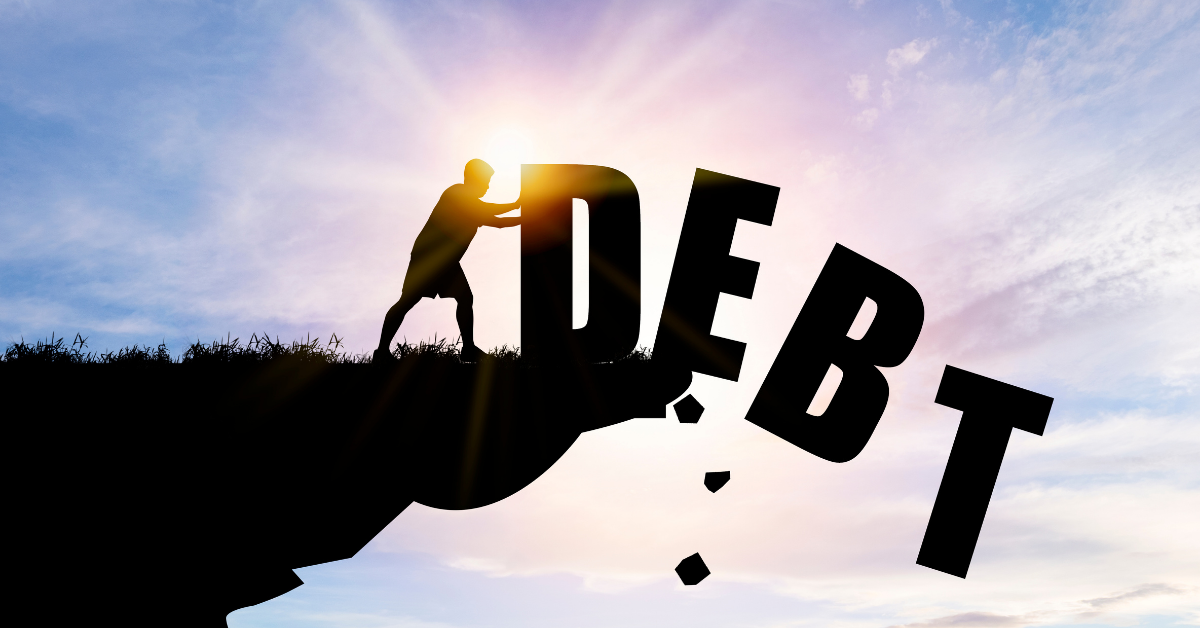
Once you have successfully filed your emergency bankruptcy, it’s important to know what to expect in the following weeks and months. Here are some key aspects of the post-filing period:
- Automatic stay: As mentioned earlier, the automatic stay takes effect immediately upon filing your emergency bankruptcy, providing temporary relief from collection actions, wage garnishments, and other financial pressures.
- Submission of remaining forms: You will have 14 days from the date of your emergency filing to submit the remaining bankruptcy forms and documentation. Failure to do so may result in the dismissal of your case.
- 341 meeting: Within a few weeks of your filing, you will be required to attend a meeting with the bankruptcy trustee and any interested creditors. This is known as the 341 meeting or meeting of creditors. During this meeting, you will be asked about your financial situation and proposed repayment plan.
- Confirmation hearing: After the 341 meeting, the bankruptcy court will schedule a confirmation hearing to review and approve your Chapter 13 repayment plan. If the plan is approved, you will begin making payments according to the agreed-upon schedule.
- Ongoing payments: Throughout your Chapter 13 repayment plan, you will be required to make regular payments to the bankruptcy trustee, who will then distribute the funds to your creditors. It’s crucial to stay current with these payments to avoid the risk of dismissal or other negative consequences.
- Discharge: Upon successful completion of your Chapter 13 repayment plan, any remaining dischargeable debts will be discharged, providing you with a fresh financial start.
By understanding what to expect after your emergency bankruptcy filing and working closely with an experienced bankruptcy attorney, you can navigate this challenging process and work towards a brighter financial future.
The Importance of Timely Submission of Remaining Bankruptcy Forms

As mentioned earlier, after filing an emergency bankruptcy, you will have 14 days to submit the remaining bankruptcy forms. It’s crucial to meet this deadline, as failure to do so can result in the dismissal of your bankruptcy case. Here are some tips to help you ensure timely submission of the remaining forms:
- Stay organized: Keep all your financial documents and paperwork in one place, so you can easily access them when needed. This will help you complete the remaining forms more efficiently.
- Work closely with your bankruptcy attorney: Your attorney can help you understand which forms are required and how to complete them accurately. They can also provide guidance on the necessary supporting documents you will need to submit.
- Set reminders: Use a calendar or smartphone app to set reminders for important deadlines, such as the submission of the remaining bankruptcy forms.
- Don’t procrastinate: It’s important to start working on the remaining forms as soon as possible after your emergency filing. This will give you ample time to gather the necessary information and complete the forms accurately.
By taking these steps, you can increase the likelihood of submitting the remaining bankruptcy forms on time and avoid the risk of dismissal of your bankruptcy case.
How the Automatic Stay Protects You During an Emergency Bankruptcy

One of the most significant benefits of an emergency bankruptcy filing is the automatic stay. The automatic stay is a legal protection that goes into effect immediately upon filing for bankruptcy. It stops most creditors from taking any further collection actions against you, including wage garnishments, lawsuits, and foreclosure proceedings.
Stopping Wage Garnishments
If you’re facing wage garnishments due to unpaid debts, the automatic stay can provide immediate relief. Once you file for emergency bankruptcy, your employer will be notified to stop withholding money from your paycheck for the garnishment. This can help you regain control of your finances and focus on completing the bankruptcy process.
Halting Foreclosure and Eviction Proceedings
The automatic stay can also provide temporary protection against foreclosure and eviction proceedings. If you’re behind on mortgage payments or facing eviction, the automatic stay can give you additional time to catch up on payments or negotiate with your lender or landlord. The automatic stay is not a permanent solution and you’ll need to address these issues through your bankruptcy case.
Preventing Utility Disconnections
If you’re at risk of having your utilities disconnected due to unpaid bills, the automatic stay can prevent disconnection for at least 20 days. This can give you some breathing room to work out a payment plan with your utility provider or find alternative arrangements.
Emergency Bankruptcy Filing Chapter 13 – Your Questions Answered
What is the difference between a regular bankruptcy filing and an emergency bankruptcy filing?
A regular bankruptcy filing involves submitting all required forms and documents at once. An emergency bankruptcy filing, on the other hand, allows you to file a limited set of forms, known as a skeleton filing, to initiate the bankruptcy process and activate the automatic stay. You will then have 14 days to submit the remaining bankruptcy forms.
Can I file for emergency bankruptcy if I am facing wage garnishment?
Yes, filing for emergency bankruptcy can help stop wage garnishments immediately. Once you file, the automatic stay will be in effect, and your employer will be notified to stop withholding money from your paycheck for the garnishment.
How long does the emergency bankruptcy filing process take?
The initial emergency bankruptcy filing can be completed relatively quickly, often within a day or two. However, you will need to submit the remaining bankruptcy forms within 14 days of your initial filing. The overall bankruptcy process, including the meeting of creditors and resolution of your case, will take several months to complete.
What happens if I don’t submit the remaining bankruptcy forms within the 14-day deadline?
Failure to submit the remaining bankruptcy forms within the 14-day deadline can result in the dismissal of your bankruptcy case. This means that the automatic stay will be lifted, and creditors can resume collection actions against you.
Can I file an emergency bankruptcy online?
Yes, you can file for emergency bankruptcy online using the electronic filing system provided by most bankruptcy courts. However, it is strongly recommended that you consult with an experienced bankruptcy attorney to ensure that you complete the process correctly and maximize the benefits of your emergency bankruptcy filing.
How much does it cost to file for emergency bankruptcy?
The filing fee for a Chapter 13 bankruptcy is $313. However, this does not include attorney fees, which can vary depending on the complexity of your case and the attorney you choose. It’s essential to discuss fees with your chosen bankruptcy attorney before proceeding with your emergency bankruptcy filing.
Contact Us to Learn More About Emergency Bankruptcy Filing Chapter 13

If you’re facing a financial crisis and need help understanding your options, including emergency bankruptcy filing Chapter 13, don’t hesitate to reach out to our team at LSS Law. Our experienced bankruptcy attorneys are dedicated to helping you regain control of your financial situation and remove the financial monkey from your back. To schedule a free consultation for personal bankruptcies (Chapters 7 and 13), please contact us at 954-466-0541.

